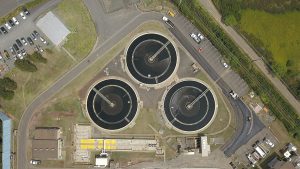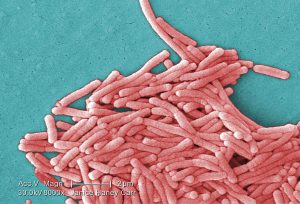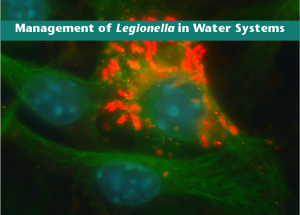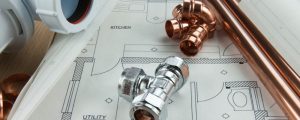Yet another wastewater surveillance study for SARS-CoV-2. Seems to be the hot topic these days. This is a great paper by Jordan Peccia and colleagues. They collected wastewater samples over the course of a couple months and saw how well those correlated with testing data and hospital admissions. Not only were the correlations extremely high, …
We’ve posted recently a few times (here, here, and here) about the idea of doing wastewater surveillance for SARS-CoV-2 (and we’ve just submitted a grant on this as well). In those cases the focus is on detecting RNA from the virus and using that to guide community health decisions such as when to end (or …
Wastewater detection for SARS-CoV-2 seems to be a hot topic these days (full disclosure, we recently submitted a grant recently to jump on this same bandwagon). This study “Temporal detection and phylogenetic assessment of SARS-CoV-2 in municipal wastewater” took place in Montana (USA). This study goes a bit further than the previous one by genome …
So this concept of doing wastewater surveillance for SARS-CoV-2 is gaining more and more traction. We posted recently about some work from MIT showing that wastewater titers of the virus are quite a bit higher than might be expected from the clinical data we have. I know some of the folks here at UC Davis …
This one falls in the category of “yet another problematic thing to think about”. In this article “Considerations for Large Building Water Quality after Extended Stagnation” the authors are not talking about COVID19 per se. They are discussing the hazards associated with stagnant water after building remain closed for a long time because of the …
So this work is a spinoff of a big project that we were involved in (but almost all of the work was done by Amy Pruden’s lab at Virginia Tech). In the larger project, they examined the genomes of over 100 clinical isolates of Legionella pneumophila, as well as 10 clinical isolates from patients during …
So this was a very interesting paper to be involved in. On the one hand all our lab really did was to facilitate some genome sequencing and help with the assemblies, validation of those assemblies, and some genomics work. Standard fare for the lab. But… these were over 100 Legionella pneumophila isolates collected from either …
Register Here Please join the National Academies of Sciences, Engineering, and Medicine on August 14th from 11:00am-12:30pm EDT for the release of the report, Management of Legionella in Water Systems. The report examines what is known about Legionella occurrence in water systems, and makes recommendations for managing bacterial growth in these environments in order …
So our lab appears to be digging deeper and deeper into the world of wastewater treatment, especially the process of removing ammonia from wastewater in the final steps. I’ve posted before about our sample collection from a pilot wastewater treatment facility. We’ve been sequencing those samples like crazy… we’ve thrown Nanopore, Illumina, and PacBio data …
Came across this relevant article today; “The sporadic nature of Legionella pneumophila, Legionella pneumophila Sg1 and Mycobacterium avium occurrence within residences and office buildings across 36 states in the United States“. Abstract Aim Premise plumbing may disseminate the bacteria Legionella pneumophila and Mycobacterium avium, the causative agents for legionellosis and pulmonary nontuberculous mycobacterium disease …






